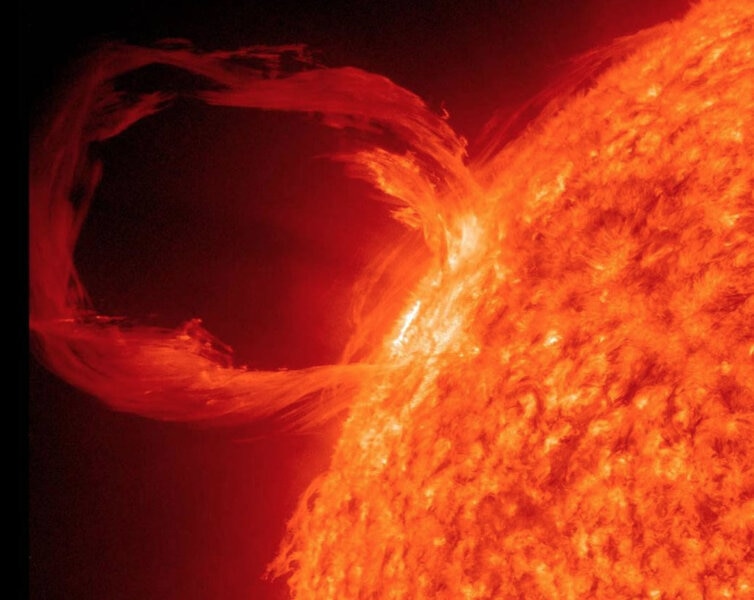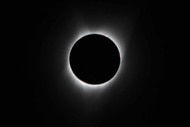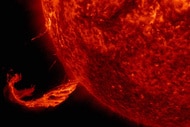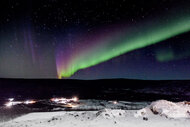Create a free profile to get unlimited access to exclusive videos, sweepstakes, and more!
What Were Those Weird Red Spots During the 2024 Solar Eclipse?
Just ribbons of charged plasma hundreds of thousands of miles long.
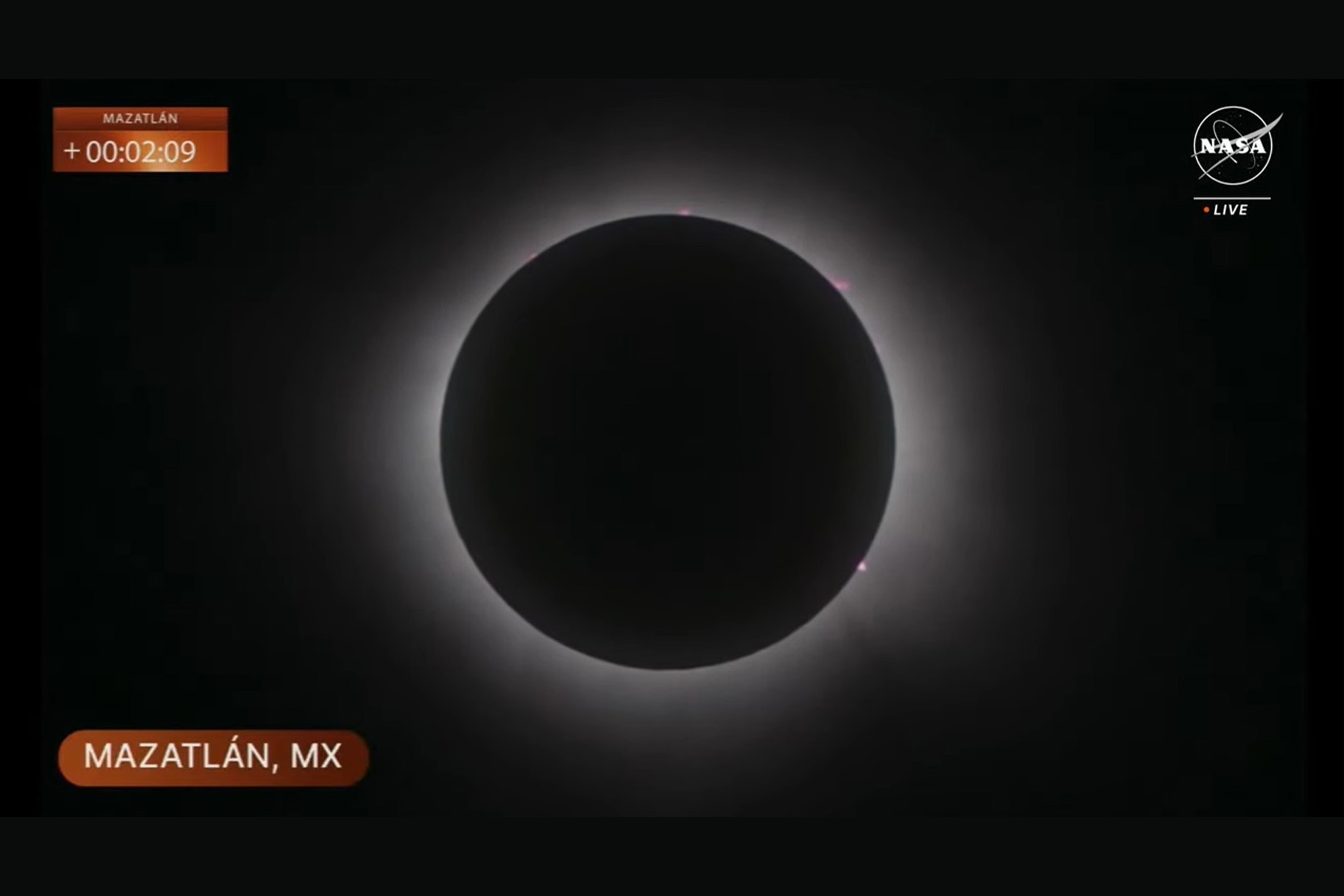
The 2006 disaster flick Solar Attack features a one-two-punch style apocalypse. First, the Earth’s atmosphere pumps itself full of methane, a potent and flammable greenhouse gas. Next, the Sun unleashes a powerful coronal mass ejection (CME) which threatens to light the sky on fire. In the real world, explosions from the Sun threaten technology and infrastructure but not people, and the only way they light up the sky is with auroras. Still, people watching the eclipse on April 8 were surprised to see what looked like red death ray blasts coming from the surface of the Sun.
Those blasts were, in fact, powerful explosions from the Sun known as solar prominences or solar filaments. They happen all the time, but we can’t usually see them with the naked eye; those fortunate folks who happened to see them during the eclipse were the latest in a long line of people who have learned about the Sun while it’s blocked out.
Eclipse Watchers See Strange Red Filaments Coming Off of the Sun
A total solar eclipse offers one of the most beautiful astronomical sights in the solar system, maybe the galaxy. They are noted for their brilliant coronal displays, the wispy edges of the Sun’s atmosphere which become revealed when the disk is obscured.
If you don’t blink and the conditions are right, you can also catch Bailey’s beads, a line of bright spots created by sunlight cutting through the peaks and valleys of lunar mountains. And you might see the famous diamond ring, created when a line of light encircles the Moon and a single bright spot stands out like a gemmed ring. Eagle-eyed viewers of the most recent eclipse may have also noticed reddish blobs sticking out at the edges.
For More on the Sun:
Understanding the Sun's Solar Cycle and Coronal Mass Ejections (CMEs)
What Are the Northern (and Southern) Lights, Really?
Enjoy Those Total Solar Eclipses While You Can, Because Someday They'll End Forever
Those blobs were bits of the Sun, huge ropes of looping plasma stretching out into space, called solar prominences. From our scenic viewpoint 93 million miles away, they look like tiny specks against the sky, hovering just above the Sun and Moon. In reality, they extend hundreds of thousands of miles into space and are large enough to encircle the world many times over.
In centuries past, when astronomers first noticed them during their own solar eclipses, they were believed to be Moon clouds, floating above the lunar landscape and lit red by the same mechanisms that turn sunsets scarlet. Now we know they are actually gigantic clouds of energized hydrogen and helium in the atmosphere of the Sun.
As a solar prominence stretches out from the surface, it remains anchored by two foot points in the photosphere, often associated with sunspot regions. They form over the course of a day or so and, when stable, they can persist for months before collapsing. Hot, charged plasma feeds from the anchor points along magnetic field lines, creating a prominence, and continuing to grow. If a prominence doesn’t collapse back to the surface, it can continue to grow extending farther from the surface until it cuts loose from the Sun entirely and explodes into space as a CME. Your next chance to see a solar prominence for yourself will be during the next total solar eclipse on August 12, 2026.
In the meantime, catch Solar Attack, streaming now on Peacock.
